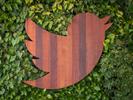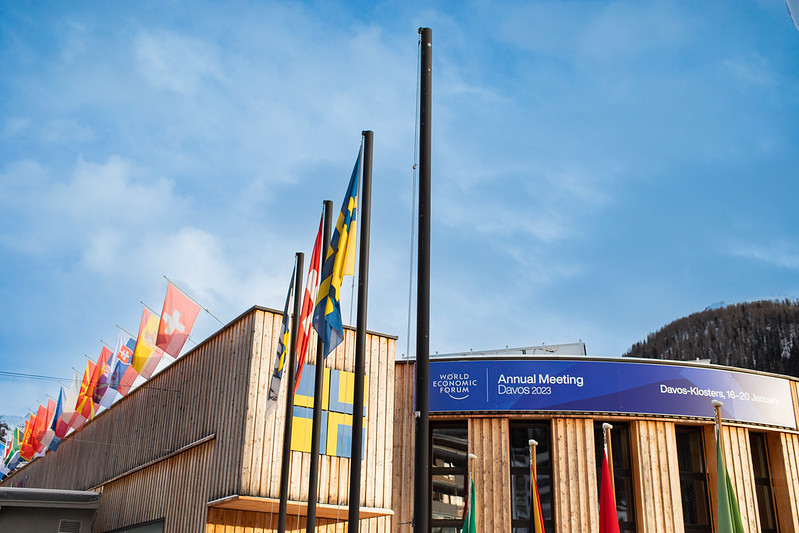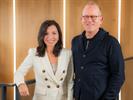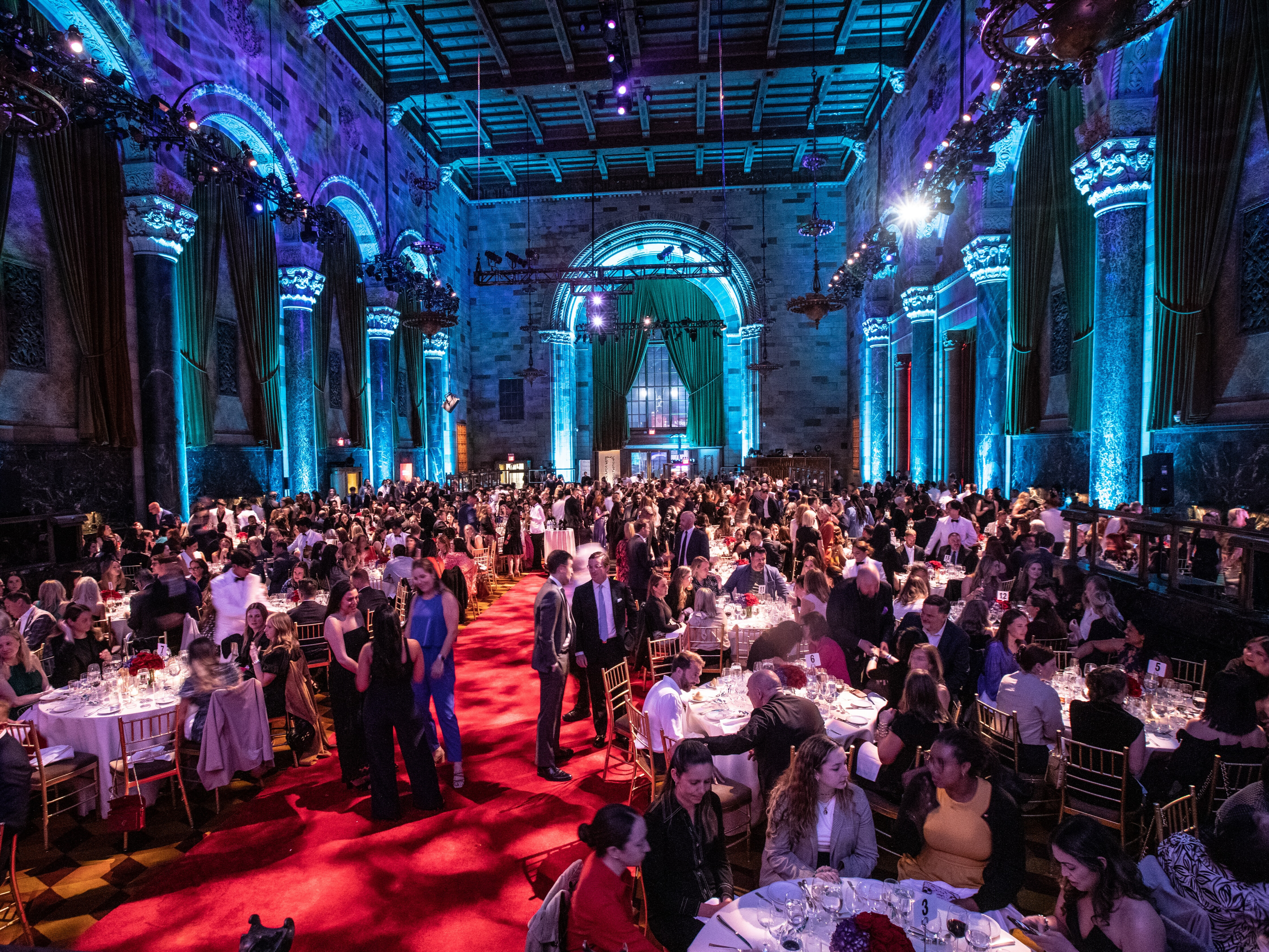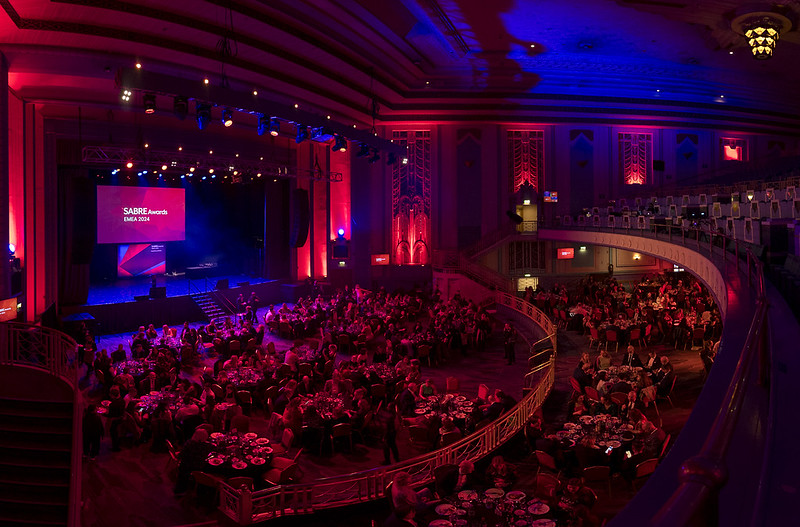Holmes Report 16 Jun 2014 // 5:13AM GMT
In Hollywood, the digital revolution has given brands more ways to engage with audiences than the traditional ad buys and product integrations. Whether it’s on forums where viewers can talk about the latest episodes or supplemental content — like social media feeds or online exclusives — savvy brands are figuring out ways to capitalize on these audiences in a way that’s organic and clever.
The Holmes Report recently spoke with Lisa Gregorian, EVP of worldwide marketing at Warner Bros. Television; Fox Broadcasting COO Joe Earley and Kendrick Reid, executive creative director at BET Networks, about the integration of brands and entertainment. All sit on the board for the PromaxBDA, which held its annual conference on the marketing and promotion of TV and video content in New York last week.
Holmes Report: Social media has obviously transformed the way viewers can engage with entertainment. So far, what have you found works — or doesn’t — when it comes to supplemental content?
Kendrick Reid (BET): A few years ago, we launched our first sitcom “The Game” — which was originally on the CW which cancelled it. When that happened, there were roughly three million Facebook fans hungry for the show to come back. [When we picked it up], social media was on fire and we started fueling the audience with teasers, storylines and the audience grew and grew with this amazing force. We ended up making history as the highest rated cable TV show.
We recently had our first one-hour drama, “Being Mary Jane,” on air. This was another opportunity in the “Twitterverse” for black women to have a voice and reaction like never before on main character who is beautifully flawed. We did a two-hour movie first and there was such a positive response, a constant conversation.
Lisa Gregorian (Warner Brothers): We work with the CW on “Vampire Diaries” and are amazed by the tremendous amount of dialogue that goes on each week on social media that allows us to continue the storytelling for five to seven days between programs. We find it’s so important for Millennials to be involved at this level.
Joe Earley (Fox): We launched “Glee” when social media just was taking off [in 2009] and we tailored all of our social outreach to each channel since it was different on each platform. We now have a show called “Gotham” and we plan to have digital extensions interwoven into the content.
HR: Is there a way for the sponsoring brands to participate in the supplemental content?
LG (Warner Brothers): For us, it’s most important for brand participation to be authentic and organic and offer tremendous value. We’re not talking about product integration but creating good content and saying — this was possible because this brand paid for it. Then brands get the halo effect.
Candice Accola on the “Vampire Diaries” does a recap show that is sponsored by AT&T. [AT&T] isn’t looking for integrations as much as original ideas and original content that lives outside the show, where the fans are engaging.
JE (Fox): We find that advertisers doesn’t want over-the-top, clunky execution that creates a cacophony of the brand in the creative. But product integration, done right, is incredibly effective. For example, when you read a script and your product is already featured. If the characters have to drive a vehicle or use a phone anyway, why not integrate?
KR (BET): [For co-branded supplemental programming], we don’t see as much of that yet but there are clearly opportunities for it. Most of our co-branded content is on air, but there’s also an opportunity to create specials for the web.
There are movie examples of co-branding. For “Think Like a Man Too” and Kevin Hart or with “Being Mary Jane” we created inter-specials and did wrap-arounds. We work a lot with the studios and talent. We also do a lot of automobile integrations with Ford or we do fast food things with our comedians and Taco Bell.
HR: Let’s talk more about product integration. What are some examples of that being done well?
LG (Warner Brothers): We do a lot of studies and research. And we’ve found that audiences respond negatively to having [a made up brand] in the show. The “fake” brands take the audience out of the story.
JE (Fox): We find that handhelds or laptops are never seen as inorganic and we’ve had some great automotive integration. We just had an [integration with Chrysler] on an episode of “24” that didn’t seem invasive at all.
HR: How are you using social media to market your programming?
JE (Fox): The new breed of talent is really socially savvy and is willing to collaborate with fans on social media. When “New Girl” first started, Zooey Deschanel and I talked about this, but some of the other cast members were hesitant. [Fellow cast member] Jake Johnson was against social media but a few months ago, in an interview, he said he loved watching the show with his fans [via Twitter].
In some cases, we have characters from the show on Twitter. For “Glee” in the early days, we did character tweets — but only for the ones who would tweet in real-life. We have a show called the “Red Band Society” and we had to ask ourselves — which of these characters would be on Twitter? But Homer Simpson can tweet anytime. It’s all show by show. We wouldn’t have “The Following’s” Ryan Hardy tweet because he wouldn’t take the time out from solving his cases to update Twitter.
LG (Warner Brothers): We have a studio academy for the new talent every year before the up-fronts that includes media training. What’s interesting is, we do a best practices on social media and teach the talent how to use these platforms effectively, not to give away spoilers. This year, when we presented the social media, they all already got it. In a period of three years, we’ve had to do less and less education on social media.









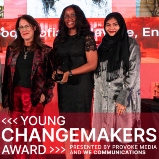












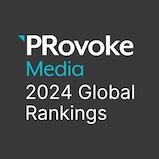












.jpg)








